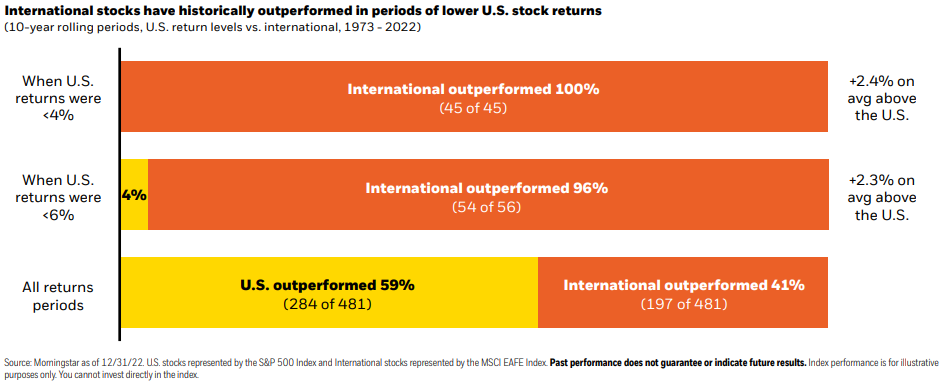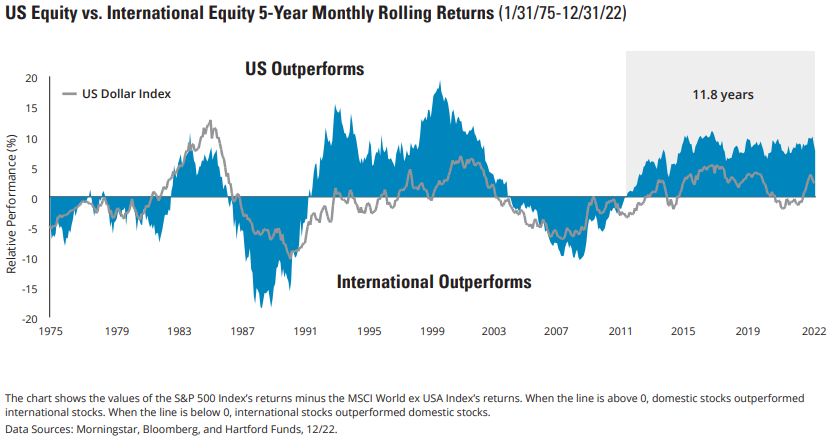By Josh Hegland, CFP®
Life insurance is an important component of a comprehensive financial plan that is often overlooked. While nobody likes to consider their own demise, the idea of a loved one struggling because you didn’t have sufficient coverage is unsettling.
Life insurance can be grouped into two categories: Term and Permanent. Term is the most straightforward and least expensive form of life insurance. It provides coverage to the insured for a specific period of time (usually 10, 20, or 30 years) with a specific premium. Once the period or “term” is over, the policy expires or can be extended for an increased premium. Since term insurance allows a person to only fund the years for which they have a true need for insurance, this type of policy provides a better death benefit for the premiums paid.
Permanent life insurance is designed to provide coverage for the policy holder’s entire life. While lifelong coverage may sound more appealing, these policies are extremely costly and often unnecessary. One example of permanent life insurance is whole life. Whole life insurance policies often carry a 50% minimum front load commission charge that goes directly to the agent. As discussed on our podcast, insurance agents do not have a fiduciary duty, and hence, they are not required to put a client’s interests first when recommending a policy. This can obviously create a conflict of interest, as agents are highly incentivized to sell whole life policies to clients.
In addition to a death benefit, permanent life policies (such as whole life) can offer a savings component. This portion, known as the cash value, typically has a guaranteed return of 2% per year and projected returns of 4-5% over the life of the policy. The word “guarantee” often perks up investor ears. However, keep in mind that historical data1 shows us that a low-cost diversified investment portfolio can provide investors a much higher yield. Over a lifetime, it is highly likely that the investor choosing a well-diversified portfolio will yield more than a life insurance investor. As our core values state, our goal at Cahaba is to always “keep the main thing the main thing”. To that end, we believe insurance should be used for insuring, and investments should be used for investing.
With a few exceptions, we at Cahaba generally prefer the more appropriate term life policies vs. permanent/whole life products when viewing insurance. We acknowledge that there are situations where a permanent policy might be needed, such as for funding an irrevocable trust for estate planning needs or a buy/sell agreement for business owners. However, these situations are an anomaly. Bottom line, it is important you fully understand what you are buying and how the policy is fulfilling your coverage needs.
With these different types of insurance in mind, we are then left to wonder: how much coverage and what type of policy do I need? In truth, there is no one size fits all answer here, as the “right” amount depends on a number of factors. Do your loved ones depend on your income? How much outstanding debt would need to be retired? What amount of Social Security benefits will your family receive at death? These are all questions we ask our clients during our financial plan construction. Based on your specific situation, we are able to evaluate your needs to ensure your loved ones will be taken care of when you’re gone.
As always, do not hesitate to reach out if you have any questions!
Note: At Cahaba Wealth Management, we do not sell life insurance policies themselves, but we can make recommendations on coverage and types. We can also help you prepare to meet with an insurance agent.
Josh Hegland, CFP® is an associate advisor in the Atlanta office of Cahaba Wealth Management, www.cahabawealth.com.
Cahaba Wealth Management is registered as an investment adviser with the SEC and only transacts business in states where it is properly registered, or is excluded or exempted from registration requirements. Registration as an investment adviser does not constitute an endorsement of the firm by the SEC nor does it indicate that the adviser has attained a particular level of skill or ability. Cahaba Wealth Management is not engaged in the practice of law or accounting. Always consult an attorney or tax professional regarding your specific legal or tax situation. Content should not be construed as personalized investment advice. The opinions in this materials are for general information, and not intended to provide specific investment advice or recommendations for an individual. Content should not be regarded as a complete analysis of the subjects discussed. To determine which investment(s) may be appropriate for you, consult your financial advisor.



